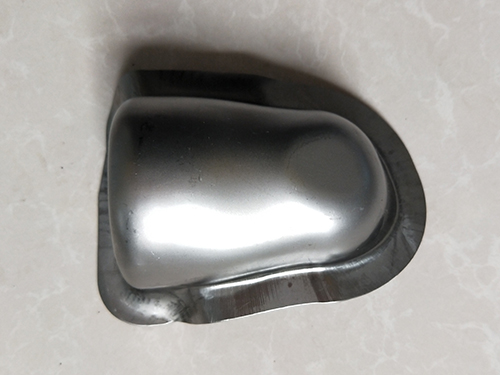Fuel filling port, stretching component
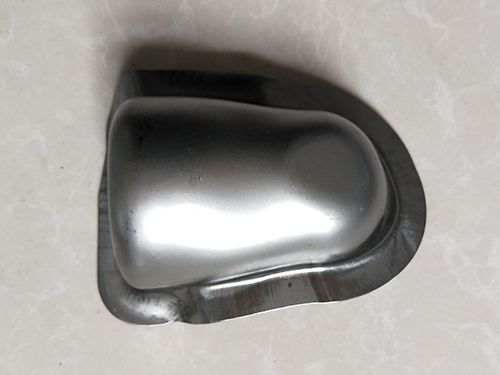
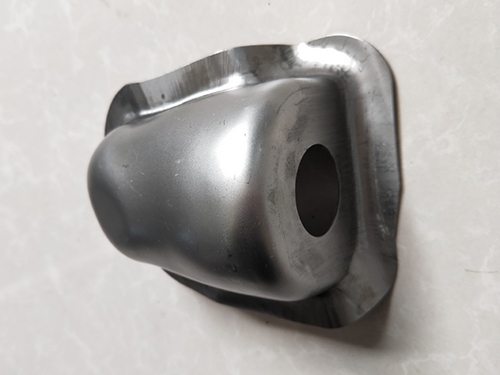
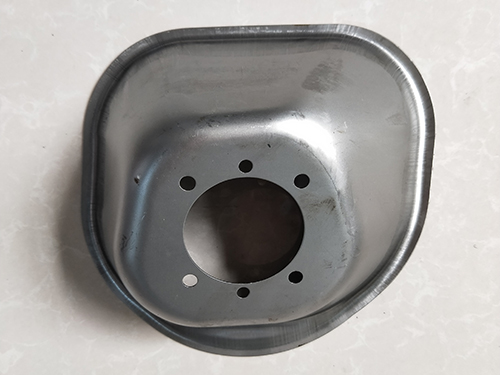
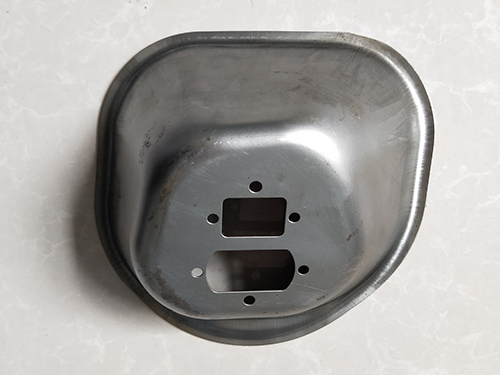
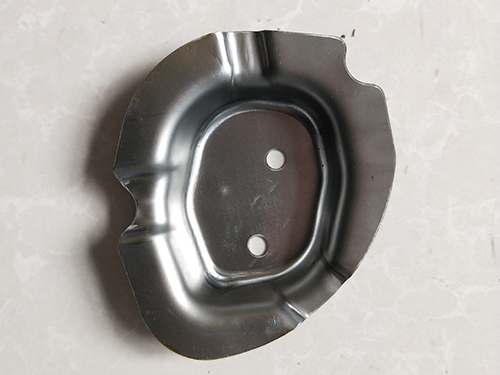
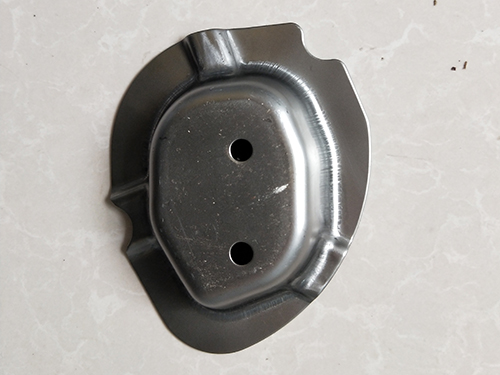
Handling of common and specific issues with fuel ports and stretching parts in production:
(1) When the cutting edge wears out, the tensile stress on the material increases, and the tendency for the stamped part to flip and twist increases. When flipping materials, the punching size will tend to decrease.
(2) The strong pressure on the material causes plastic deformation, which can lead to an increase in punching size. When reducing the pressure, the punching size will tend to be smaller.
(3) The shape of the end of the convex die blade. If a slope or arc is made at the end, due to the reduced cutting force, the punching part is less likely to flip or twist, resulting in a larger punching size. When the end of the punch is flat (without a slope or arc), the punching size will relatively decrease.
Inspection method for grinding oil stones on fuel ports and stretching parts:
1. First, wipe the surface of the outer covering with clean gauze, and then polish it with an oilstone (20 × 20 × 100mm or larger). For areas with arcs and difficult to reach areas, use relatively small oilstones (such as 8 × 100mm semi-circular oilstones).
2. The selection of oil stone particle size depends on the surface condition (such as roughness, galvanizing, etc.). Suggest using fine-grained oilstone. The direction of oilstone polishing is basically along the longitudinal direction, and it fits well with the surface of the stamped part. In some places, horizontal polishing can also be added.
Glass lifter stamping parts series
Light Truck Blocker Series
New Energy Sheet Metal Parts Series
New energy vehicle parking bracket series
Dust collector series
 Analysis and Application of Stamping Parts and Precautions for Mold Forging
Analysis and Application of Stamping Parts and Precautions for Mold ForgingTo deal with problems caused by materials, manufacturing personnel can choose appropriate p...
 Key points of mold and tooling management for metal stamping equipment and mold
Key points of mold and tooling management for metal stamping equipment and moldRegular maintenance is implemented for tooling molds, and a mandatory pre repair system is ...
 Factors affecting the management of production materials and defects in stamping
Factors affecting the management of production materials and defects in stampingStrengthen the control and supervision of incoming stamping parts. For the stamping worksho...
 Modernization process upgrade and quality process monitoring management of metal
Modernization process upgrade and quality process monitoring management of metalThe manufacturing process level of chassis stamping parts in automobile production not only...
 Quality improvement measures and reasonable selection of equipment for metal sta
Quality improvement measures and reasonable selection of equipment for metal staStamping technology can be divided into two categories: separation process and forming proc...
